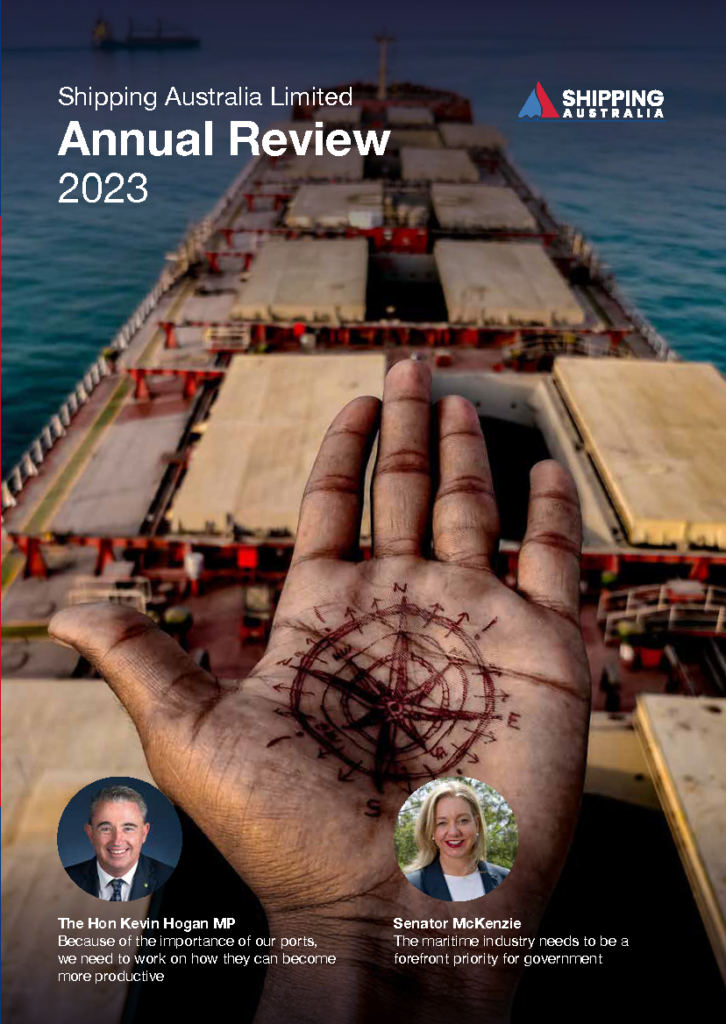
Current freight rates are adequately explained by market dynamics. Arguments to the contrary, and calls for a maritime regulator, are fatally flawed.
It’s no secret that freight costs have gone up and in some cases, on some trade lanes, freight costs have increased considerably. Before the pandemic, in or about December 2019, the global average freight rate for a forty foot box was about USD$1,446 according to Baltic / Freightos. As of September 3, 2021, that figure had risen to US$10,519. No-one is hiding this. No-one is denying this. It is publicly available information.
It’s worth bearing in mind that not all freight rates on all trade lanes have increased by the same amount. The China / North America West Coast is about US$19,040 per forty foot box whereas the backhaul route, North America West Coast / China is US$919 for forty foot box. On the ANZ / China routes, there has been an escalation in freight rates. In early January, the Shanghai Shipping Exchange was reporting a freight rate of 1,020.73 index points. In early September this year, that figure was 1,198.64 points. That’s a comparatively much smaller 17.4% rise.
Self interested groups are implying – without evidence – that these rates are evidence of breaches of competition law and collusion. We can quickly demolish this spurious argument by looking at the phenomena of spurious correlations.
Correlation, causation, spurious correlations
If two things happen at the same time it doesn’t automatically mean that one caused the other. There’s a whole, and highly amusing, website dedicated to ridiculous correlations.
Here’s one, right here. Did you know that the U.S. per capita consumption of mozzarella cheese highly correlates with the number of civil engineering doctorates awarded? It’s true! You can just imagine the slogan now: “Eat pizza to build a better nation!”

It’s a silly example, but it illustrates the serious point: just because two things happen together at the same time does not mean one thing caused the other.
Let’s apply this to a bit less silly example. Imagine four people are walking along the pavement. It starts raining heavily. All four people stop what they are doing and put their umbrellas up. Are the four people putting their umbrellas up because they are acting in collusion with each other, or are they reacting in response to the fact that their environment has changed?
Application to container shipping
Let’s apply this to something altogether far more serious. Numerous ocean shipping companies are engaged in the business of moving freight. A global pandemic results in lockdowns, which causes global consumer spending to be redirected away from buying services (like holidays) to buying consumer goods that are transported in containers and by sea.
Simultaneously, there is extreme port congestion with many tens upon tens of ships stuck in queues at the major ports around the world. Congestion is so bad, in fact, that leading shipping analysts report on how it is removing enormous chunks of capacity. Freight rates for the transport of containers by sea rise.
Occam’s razor
We can apply a philosophical tool here: Occam’s Razor. Basically, when we are faced with multiple possible explanations, pick the option that requires the simplest and most straightforward explanation.
It’s a basic understanding in economics that prices tend to rise when demand increases faster than supply. The fact that there has been a surge in global trade and in global port congestion has been documented multiple times by multiple independent and authoritative bodies.
To the best of our belief and knowledge, the shipping lines are acting independently of each other. No one has presented any actual evidence to the contrary, as far as we are aware. Therefore the simplest and most evidence-backed conclusion to draw is that freight rates are rising because of the interaction of supply of, and demand for, shipping services.
Occam’s Razor slashes away the spurious allegations of collusion.
Same phenomenon at work in other markets
You can see similar mechanisms at work in the agricultural markets. For instance, in The Land, 02 September 2021, “Supercycle won’t spin out for wool”, The Land’s correspondent noted that commodity prices are booming across the globe partly because wool prices are being influenced by factors such as government stimulus payments, increased consumer spending and the growing interest in sustainable fibres. Meanwhile, the expert interviewed in the story also noted that canola prices are increasing because of increased demand for biofuels.
The details may vary between freight rates, wool prices and canola, but the underlying mechanism is the same. Demand has increased and supply hasn’t expanded fast enough to meet demand therefore there is an increase in price.
No need for regulation or new regulators
Best practice in regulation requires answering some questions, according to the Office of Best Practice Regulation. The first question to answer is “What is the problem that is trying to be solved?”
Calls for a maritime regulator fail this first test because the normal operation of free market dynamics are not problems that need to be solved.
Government action is not needed as shippers can satisfy their transport demands by booking in good time with container shipping lines. Remember: millions of TEU are being shipped in and out of this country every year, even right though the pandemic. This is proof that the transport markets are working.
The market is doing its job of matching supply to demand and shipping is doing its job of delivering the goods.
[fl_builder_insert_layout id=”15046″]


